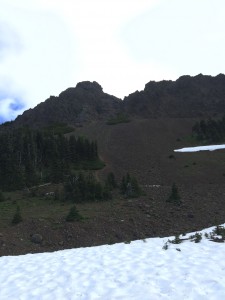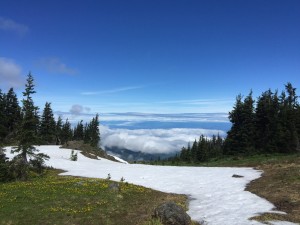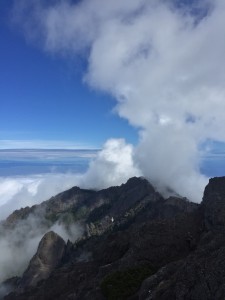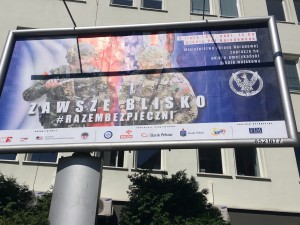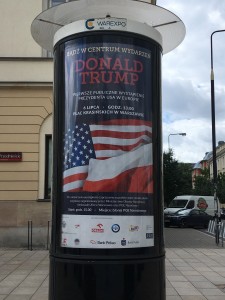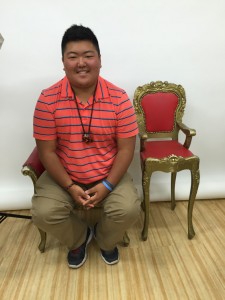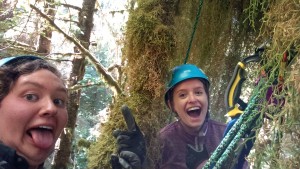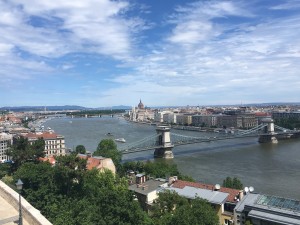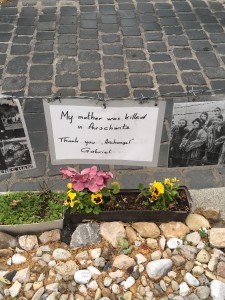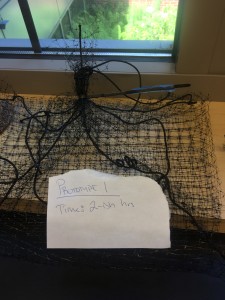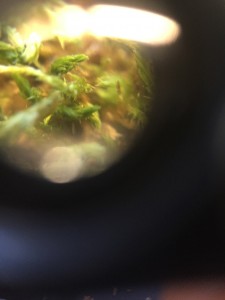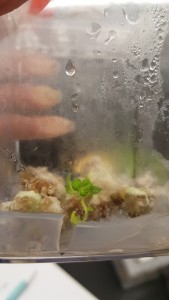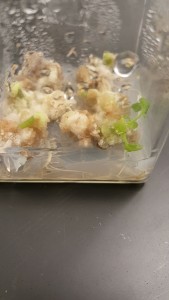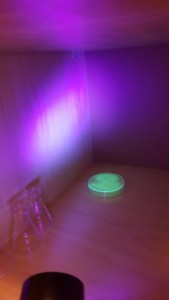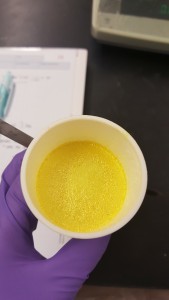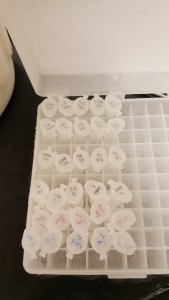I often bring up the “Fun Scale” to describe certain activities. Type 1 fun is always fun – I’m talking about climbing trees, 5.9-5.10a slab, and good food/sex/conversations with people you love. Type 2 is the fun-after-it-happened kind of fun, like some transect work and most mountain experiences. Type 3 is… Well, it’s just NOT fun. At all. Like falling on a cactus. Or getting dehydrated as all hell in the desert and almost dying. (This post by Kelly Cordes describes the scale in more detail for those interested.)
Most people think that Type 1 fun is the “best” kind of fun, because it’s the most enjoyable in the moment. But I disagree. There really is something to be said about Type 2 fun.
Picture this. You’re climbing up a mountain, and you’re fucking TIRED because of x, y, and z reasons, the flies are attacking you from all sides even though it doesn’t make any sense for them to be attacking you, cause isn’t there a bigger, better-tasting creature SOMEWHERE that they could be bothering instead of you, like those ridiculous mountain goats that keep following you because they like the smell of your sweat?, and god DAMN this mountain just won’t give you a downhill (or even a flat!) section to hike on. But then you look down at your chaco-laden feet and look at the incredible mixture of dirt-and-sweat-and-more-dirt that coats them, and they’re still trudging along. Step by step. Over the pink and purple and green of the high-alpine plants that you so missed. Taking you ever-closer to your goal. And then maybe some other things go wrong and you find yourself butt-scooching/down-climbing down the scree/sheer rock face you climbed up on because you literally couldn’t find the trail to save the life of you and thought that yeah, you climb, so this is definitely a good idea! as the fog rolls in from Port Angeles and you think to yourself more than once that HOLY DAMN THIS IS HOW PEOPLE DIE UP HERE. But somehow you make it, an hour later, back to the trail that you found far too late. You’re sore and even more tired than you were before, but you’ve never been so happy to see a patch of dirt in your life. And then you look back at where you were, and you don’t remember how crazy the journey up was, but you remember that you did it. And you realize that you loved every second of it even more than you appreciated the view from the top.
And that’s the thing about type 2 fun. Sometimes, it really fucking sucks. It’s miserable, and you question everything you knew about yourself and your abilities as a human. However, in the process of complete suffering, you grow. Type 2 fun is all about being uncomfortable, and it is through discomfort that we grow the most. And eventually, the stuff you used to find to be Type 2 fun becomes Type 1 fun – your comfort zone grows as you do.
College (and research, in some parts [like writing the proposal, not so much the research work itself – that is definitely Type 1]) is much the same way. It pushes you to be uncomfortable. It prods you and pokes you and sometimes it feels like you’re going to die under all the work you have. But then you get through it, like you do when you climb a mountain – by either slowing your pace down, or speeding it up so you can take a rest at the top of the hill. And you realize that you’re stronger and capable of more than you once thought.
So other people can have all the Type 1 fun they want. I’ll take Type 2 any day of the week.

